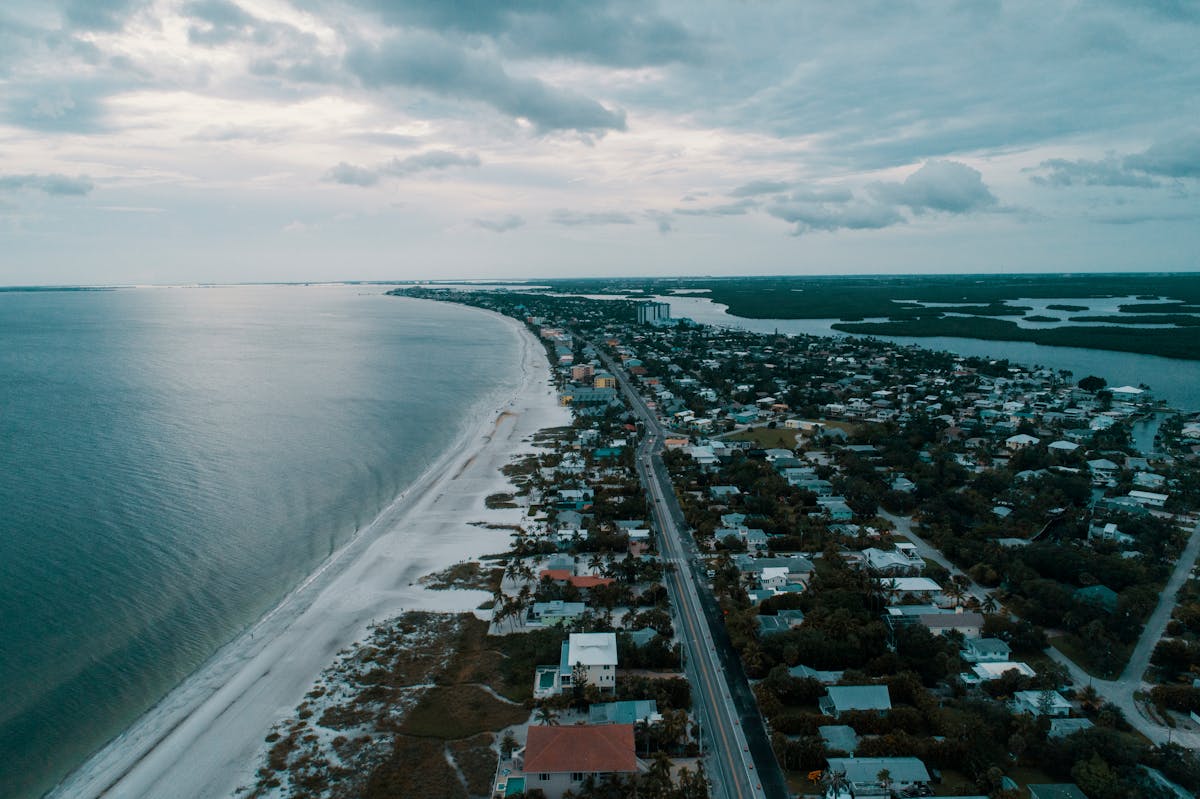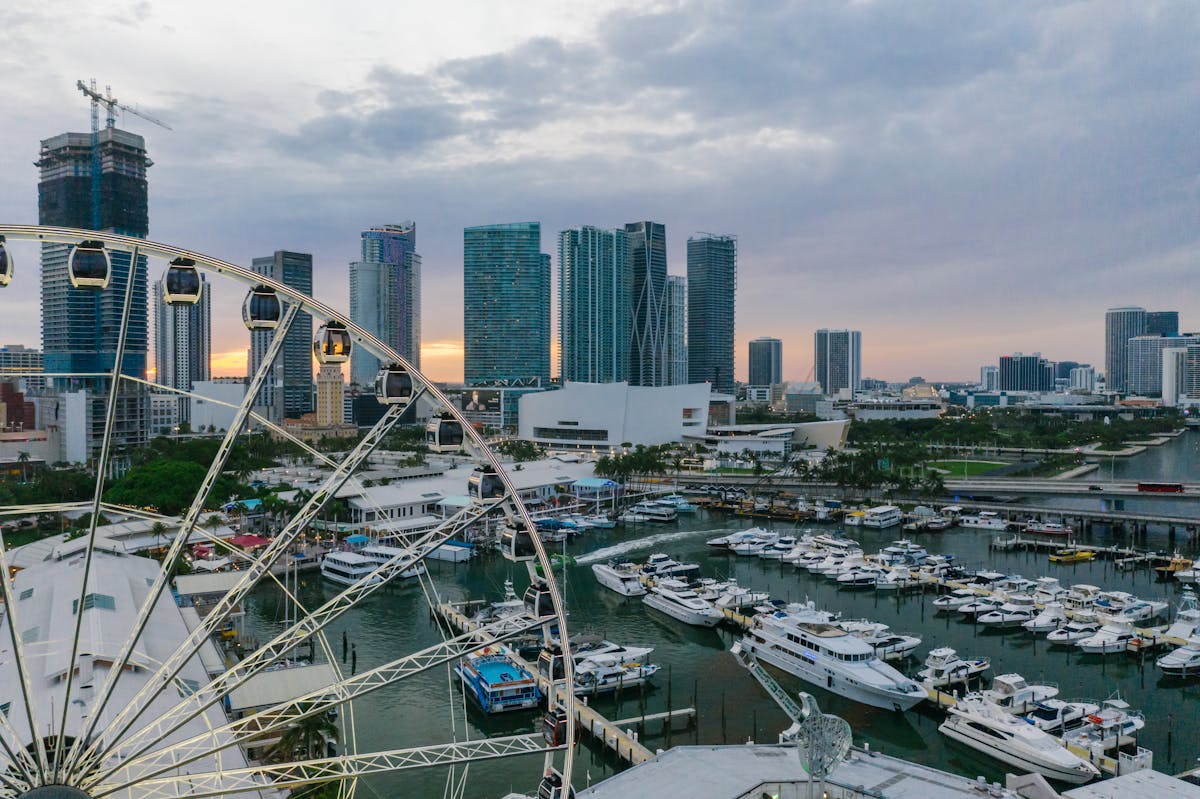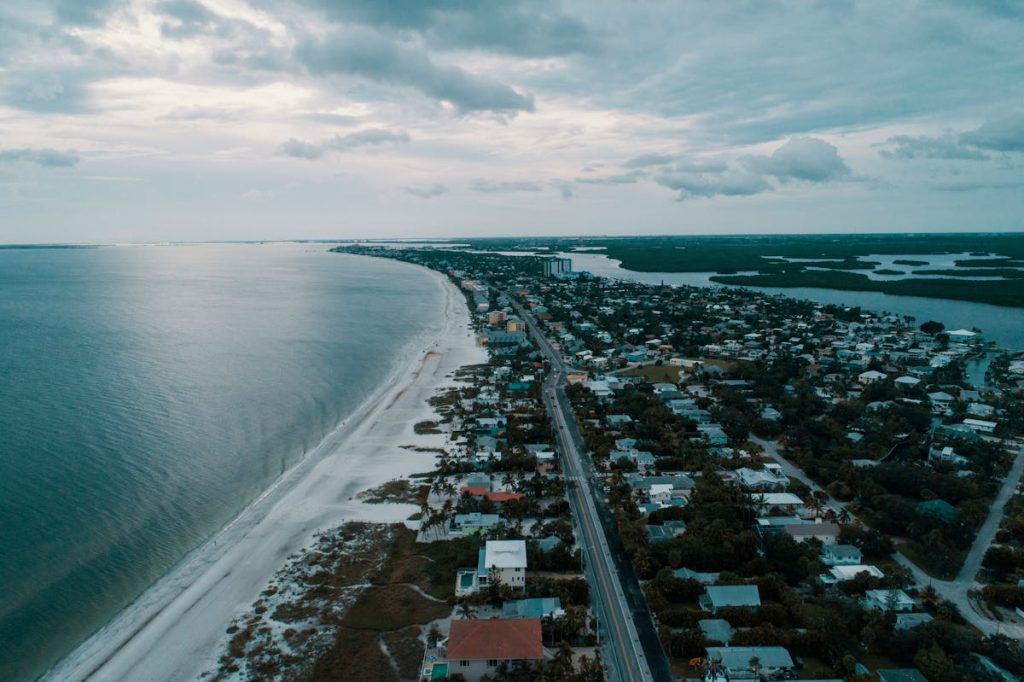Planning a trip to the theme park capital of the world? While the magic of Orlando is undeniable, understanding the orlando average temperature by day is crucial for ensuring your visit is as comfortable and enjoyable as possible. The weather in central Florida plays a huge role in everything from what you pack to how you navigate the parks and outdoor activities. As your guide to exploring the world, let’s dive deep into what you can expect from Orlando’s climate throughout the year and how it shapes your travel experience.
Orlando boasts a humid subtropical climate, characterized by hot, rainy summers and mild, dry winters. This means sunshine is abundant, but so is humidity, especially during the warmer months. Knowing the orlando average temperature by day helps you anticipate the conditions, pack appropriately, and plan your itinerary to make the most of your time in this vibrant city. Whether you’re chasing thrills at a theme park, exploring natural springs, or enjoying the local culinary scene, weather is a key factor.
Understanding Orlando’s Climate Patterns
Orlando’s location in the heart of the Sunshine State gives it distinct seasonal temperature patterns, although it rarely experiences extremes like snow or freezing temperatures. The year can generally be divided into two main seasons: the hot, wet season (roughly June to September) and the cool, dry season (roughly October to May). However, even within these broad categories, the orlando average temperature by day fluctuates, influencing the overall feel of your visit.
 The transition periods, spring and fall, often offer some of the most pleasant weather, with lower humidity and warm, but not excessively hot, temperatures. This makes these times particularly popular for visitors seeking comfortable conditions for exploring outdoor attractions. Let’s break down the orlando average temperature by day by looking at typical conditions throughout the year.
The transition periods, spring and fall, often offer some of the most pleasant weather, with lower humidity and warm, but not excessively hot, temperatures. This makes these times particularly popular for visitors seeking comfortable conditions for exploring outdoor attractions. Let’s break down the orlando average temperature by day by looking at typical conditions throughout the year.
Month-by-Month: Orlando Average Temperature by Day
Understanding the nuances of each month can significantly impact your planning. Here’s a look at the typical orlando average temperature by day throughout the calendar year, alongside humidity and precipitation trends.
January: Often the coolest month. Average highs are in the low to mid-70s (°F), and average lows are in the low to mid-50s (°F). It’s relatively dry with low humidity, making it very comfortable for walking and outdoor activities. Pack layers, as evenings can feel cool.
February: Similar to January, with average highs starting to creep into the mid-70s (°F) and lows staying in the 50s (°F). Still relatively dry and comfortable. A popular time to visit for those escaping colder northern climates.
March: Spring arrives with warmer temperatures. Average highs climb into the high 70s (°F), and lows are in the high 50s to low 60s (°F). Humidity remains relatively low. A fantastic time to visit before the summer heat sets in.
April: A beautiful month with average highs in the low to mid-80s (°F) and lows in the mid-60s (°F). Still relatively dry. Ideal weather for theme parks and outdoor exploration.
May: The transition into the hot season begins. Average highs reach the mid to high 80s (°F), and lows are in the low 70s (°F). Humidity starts to become noticeable, and the likelihood of afternoon thunderstorms increases.
June: The start of summer. Average highs are in the high 80s to low 90s (°F), with lows in the mid-70s (°F). High humidity is the norm, and daily afternoon thunderstorms are common. These storms are often brief but intense.
July: Typically the hottest month. Average highs are in the low 90s (°F) or higher, and lows remain in the mid to high 70s (°F). High humidity persists, making it feel even hotter. Afternoon rain is almost guaranteed.
August: Very similar to July, with persistent high temperatures and humidity. Average highs in the low 90s (°F) and lows in the high 70s (°F). Expect daily thunderstorms. Hydration is key.
September: Still hot and humid, with average highs in the high 80s (°F) and lows in the mid-70s (°F). The frequency of thunderstorms might slightly decrease as the month progresses, but hurricane season is still a factor.
October: A welcome change begins to arrive. Average highs are in the low to mid-80s (°F), and lows drop into the high 60s (°F). Humidity starts to decrease, and the weather becomes much more pleasant. A popular time to visit.
November: Fall weather is in full swing. Average highs are in the mid to high 70s (°F), and lows are in the mid-50s to low 60s (°F). Humidity is low, and sunny days are common. Excellent weather for all activities.
December: Mild and dry. Average highs are in the low to mid-70s (°F), and lows are in the low to mid-50s (°F). Very comfortable for sightseeing. Holiday crowds increase, but the weather remains enjoyable.
This detailed look at the orlando average temperature by day provides a clearer picture than just a single annual average. It highlights the variability and helps travelers pinpoint the time of year that best suits their temperature preferences.
Reliable weather data, often sourced from nearby weather stations like those mapping tools help visualize, is essential for understanding these patterns. Historical records are the foundation of calculating the orlando average temperature by day, giving us a statistical basis for predicting typical conditions.
Best Time to Visit Orlando Based on Temperature
Considering the orlando average temperature by day, the most comfortable times to visit for many people are the spring (March to May) and fall (October to November). During these months, temperatures are warm but not stifling, humidity is lower, and there are fewer daily thunderstorms compared to the summer.
If you prefer cooler weather and don’t mind packing a light jacket for the evenings, the winter months (December to February) offer ideal conditions with low humidity and temperatures typically staying in the 70s during the day. This is perfect for spending long days walking around parks or exploring outdoor attractions without overheating.

Conversely, if you thrive in hot weather and plan to spend a lot of time at water parks or pools, the summer months (June to August) are when you’ll find the highest temperatures. Be prepared for intense heat, high humidity, and those ubiquitous afternoon storms. While hot, it’s also peak season for many attractions.
How Temperature Impacts Orlando Activities
The orlando average temperature by day significantly influences the types of activities that are most enjoyable. On hot, humid summer days, indoor attractions, water parks, and attractions with strong air conditioning become sanctuaries. Planning park visits with breaks during the hottest part of the afternoon is wise. Water rides suddenly become less of a splash and more of a necessity for cooling down.
During the cooler, drier months, exploring the expansive theme parks on foot for hours is much more comfortable. Outdoor dining becomes more appealing, and activities like golfing, visiting state parks, or exploring downtown Orlando’s streets feel less taxing. Evenings are pleasant for walks or enjoying outdoor entertainment.
Finding Your Perfect Amateur Astronomy Telescope – Expert Guide 2025
Discover the Best Michigan Places to Visit for Unforgettable Adventures in 2024
Discover the Top 11 nevada places to visit
For sports enthusiasts, understanding the temperature is also key. Participating in or watching outdoor sports events will be a completely different experience in January compared to July. Planning accordingly, especially regarding hydration and sun protection, is essential regardless of the season.
Packing Tips for Orlando Weather

Based on the orlando average temperature by day for your chosen travel dates, here are some general packing tips:
- Summers (June-August): Think light, breathable fabrics. Shorts, t-shirts, swimwear are essential. A lightweight rain jacket or poncho is a must for afternoon storms. Don’t forget a hat and sunglasses for sun protection, and plenty of sunscreen. Comfortable walking shoes are critical, as you’ll be doing a lot of walking, even in the heat.
- Spring/Fall (March-May, Oct-Nov): Layers are your friend. Days can be warm (shorts/t-shirt), but evenings might require a light long-sleeve shirt or a thin jacket, especially in late fall/early spring. Still pack swimwear and sun protection. Rain chances are lower but still possible.
- Winters (Dec-Feb): Pack a mix. Long pants and t-shirts are common for daytime, with a sweater, fleece, or jacket needed for cooler mornings and evenings. Shorts might be comfortable on warmer days. Still pack sunglasses and sunscreen, as the sun is strong even when temperatures are mild.
Regardless of the season, comfortable walking shoes are non-negotiable. Staying hydrated is always important in Florida’s climate.
Beyond Temperature: Other Weather Factors
While the orlando average temperature by day is a primary consideration, other weather factors also play a role.
- Humidity: This is perhaps the biggest factor making Orlando feel hotter than the temperature alone might suggest, especially from May through September. High humidity makes sweat less effective at cooling you down.
- Sunshine: Orlando is called the “Sunshine State” for a reason. Days are typically sunny, which means high UV index, regardless of temperature. Sun protection is always necessary.
- Precipitation: The summer months see almost daily afternoon thunderstorms. They are usually short-lived but can be intense. Having rain gear handy is important during this period. The winter months are much drier.
- Hurricane Season: Runs from June 1st to November 30th, peaking in August and September. While direct hits in Orlando are less common than on the coast, tropical systems can bring heavy rain and strong winds. Travelers visiting during this time should monitor forecasts.
Understanding these factors alongside the orlando average temperature by day gives you a comprehensive picture of the weather conditions you might encounter.
Frequently Asked Questions About Orlando’s Weather
Here are some common questions travelers have about the weather in Orlando:
Q: What is the hottest month in Orlando?
A: July is typically the hottest month, with average highs in the low 90s (°F) and significant humidity.
Q: What is the coolest month in Orlando?
A: January is generally the coolest month, with average highs in the low to mid-70s (°F) and average lows in the low to mid-50s (°F).
Q: Is Orlando always humid?
A: Humidity is high year-round compared to many other climates, but it is significantly lower during the cooler, drier months from October to May compared to the hot, wet months from June to September.
Q: When is the best time to visit Orlando for good weather?
A: Many travelers consider spring (March-May) and fall (Oct-Nov) to have the most pleasant weather, with warm temperatures, lower humidity, and less rain than summer.
Q: Do the afternoon thunderstorms in summer last long?
A: Typically, no. Summer thunderstorms often build in the early afternoon and last for an hour or two before clearing up. However, they can be quite intense with heavy rain and lightning.
Q: What should I pack for Orlando in July?
A: Pack light, breathable clothing (shorts, t-shirts), swimwear, rain gear (poncho/light jacket), a hat, sunglasses, plenty of sunscreen, and comfortable, water-resistant walking shoes. Hydration is key, so a reusable water bottle is recommended.
Knowing the orlando average temperature by day and other climate factors helps you answer these questions and prepare effectively for your trip.
Conclusion
Planning your Orlando adventure goes beyond booking tickets and accommodations; it involves preparing for the climate. By understanding the orlando average temperature by day throughout the year, along with humidity and rain patterns, you can make informed decisions about when to visit, what activities to prioritize, and exactly what to pack. This preparation allows you to focus less on battling the elements and more on creating unforgettable memories in this magical destination. Whether you prefer the crisp, dry air of winter or the warm, vibrant energy of summer, knowing what to expect ensures your dream vacation is comfortable, safe, and truly enjoyable.

